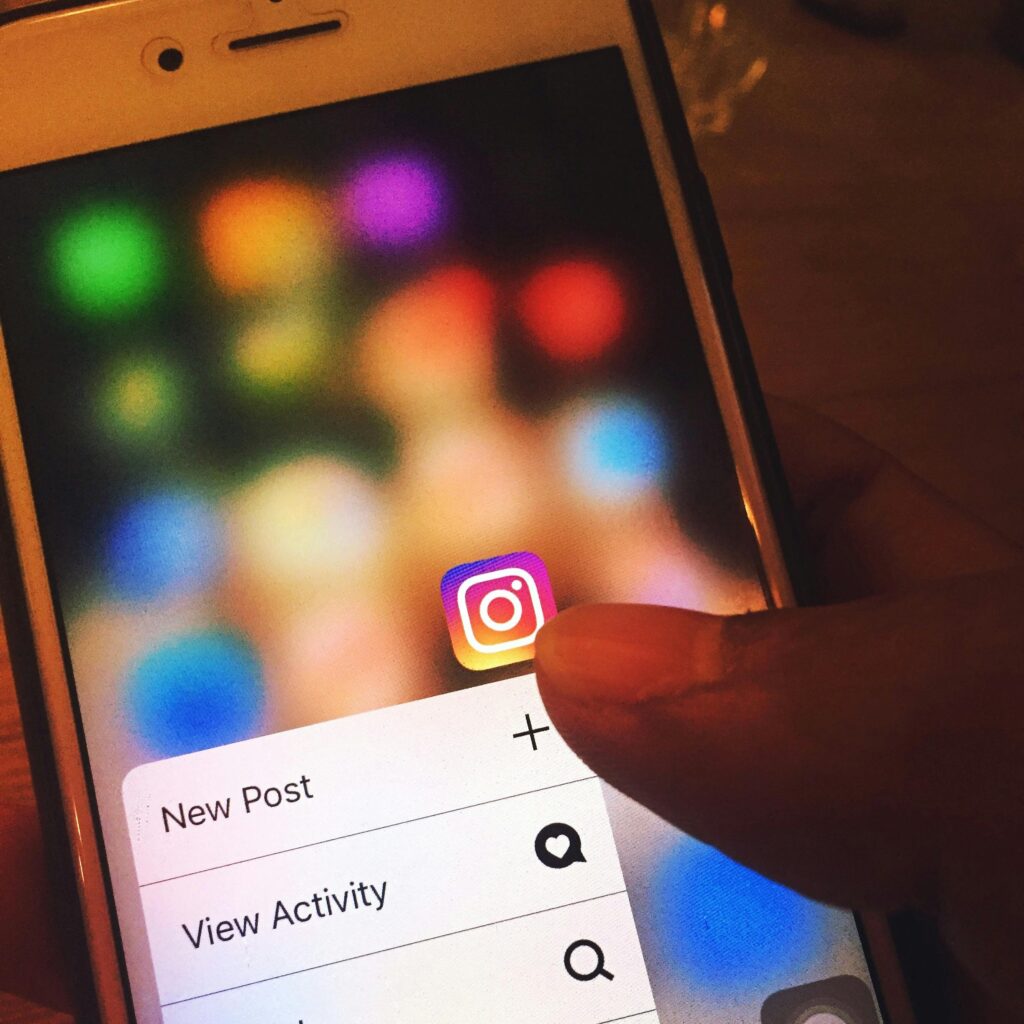The Role of AI in Digital Marketing: Revolutionizing Strategies for Success
Artificial intelligence (AI) has rapidly transformed the digital marketing landscape. What was once a field reliant on manual data analysis and intuition is now a sophisticated arena driven by predictive analytics, automation, and personalized customer experiences. AI is more than just a fad for companies and marketers; it's a need.In this blog, we’ll explore how AI is reshaping digital marketing and why it should be at the heart of your strategy.
AI in digital marketing refers to using machine learning, algorithms, and big data to enhance marketing strategies. From chatbots that simulate human conversations to tools that analyze consumer behavior in real-time, AI empowers marketers to make smarter, faster decisions.
-
Natural Language Processing (NLP): Understand and generate human language for chatbots, voice search, and sentiment analysis.
-
Predictive Analytics: Analyze patterns to predict future behaviors and trends.
-
Computer Vision: Analyze images and videos for content optimization and audience targeting.

Why Intelligent Automation is altering Digital Marketing
-
AI provides solutions to some of the biggest challenges in digital marketing, such as data overload, personalization, and customer engagement. Here’s how:
-
Improved Customer Insights
AI processes vast amounts of data to uncover consumer preferences, habits, and pain points. Tools like Google Analytics with AI capabilities can identify patterns that would take humans months to discover.
-
Personalization at Scale
Consumers crave personalized experiences, and AI delivers. For example, recommendation engines like those on Netflix or Amazon use AI to suggest products or content based on browsing history and preferences.
-
Real-Time Engagement
AI-driven chatbots and virtual assistants ensure customers receive instant responses, improving satisfaction and boosting conversion rates. From processing orders to responding to frequently asked questions, these bots can do it all.
-
Cost Efficiency
AI automates repetitive tasks like email marketing, ad placements, and customer segmentation, freeing up time and resources for creative endeavors.
-
Enhanced Predictive Analytics
AI forecasts future trends, enabling marketers to plan campaigns with greater accuracy. Predictive analytics can pinpoint the best time to launch a product or which audience segments to target.
-
Applications of AI in Digital Marketing

AI’s versatility makes it applicable across various facets of digital marketing. Here’s how it’s revolutionizing key areas:
1. Creation and Curation
AI tools like ChatGPT and Jasper can generate blog posts, social media updates, and email newsletters. AI also curates content tailored to user preferences, ensuring audiences receive the most relevant information.
2.Chatbots and Virtual Assistants
Brands like Sephora and Domino's use AI-powered chatbots to provide 24/7 customer support. These bots can respond to questions, provide product recommendations, and even finish transactions.
3 Programmatic Advertising
Real-time bidding and targeting are made possible by AI's automation of ad buying procedures. This maximizes ROI by ensuring that advertisements reach the correct audience at the right moment.
4.Email Marketing Automation
AI analyzes user behavior to craft personalized email campaigns. It determines optimal sending times, subject lines, and content, increasing open and click-through rates.
5.Voice Search Optimization
With the rise of voice-activated devices like Alexa and Google Assistant, AI is crucial for optimizing content for voice search. This entails concentrating on long-tail keywords and genuine language.
6.Social Media Management
AI tools like Hootsuite and Buffer analyze social media trends, schedule posts, and measure performance. AI also identifies the best times to post and the type of content that resonates with your audience.
Real-Life Examples of AI in Digital Marketing
1.Coca-Cola
Coca-Cola analyzes social media data and gauges consumer sentiment using artificial intelligence. This helps them craft campaigns that resonate with their audience.
2.Spotify
Spotify’s AI-driven recommendation system suggests playlists and songs based on listening habits, enhancing user engagement.
3. Amazon
One of the best examples of artificial intelligence in action is Amazon's recommendation engine. It accounts for a significant portion of the company's sales by suggesting products customers are likely to buy.
Despite its benefits, AI isn’t without challenges:
1.High Initial Costs
Implementing AI tools and systems can be expensive, particularly for small businesses.
2.Data Privacy Concerns
With increasing data regulations like GDPR, marketers must ensure they use AI responsibly and transparently.
3.Complexity
AI systems require skilled personnel for setup and management, which may be a barrier for some companies.
4.Over-Reliance on Automation
While AI excels in data processing, over-reliance can reduce the human touch essential for building authentic relationships with customers.
The Future of AI in Digital Marketing

As technology advances, the role of AI in digital marketing will only expand. Here are some trends to watch:
-
Hyper-Personalization: AI will deliver even more tailored experiences, considering granular details like mood or real-time location.
-
Voice and Visual Search Dominance: AI will optimize content for non-text-based searches, reshaping SEO strategies.
-
AI-Generated Content Evolution: Tools will produce more sophisticated content indistinguishable from human creation.
-
Advanced Predictive Analytics: AI will offer deeper insights, enabling near-perfect campaign planning.











